davedevelopment
Established Member
- Joined
- 7 Jan 2020
- Messages
- 22
- Reaction score
- 16
Great thread, inspiring stuff, thank you for taking the time to post.

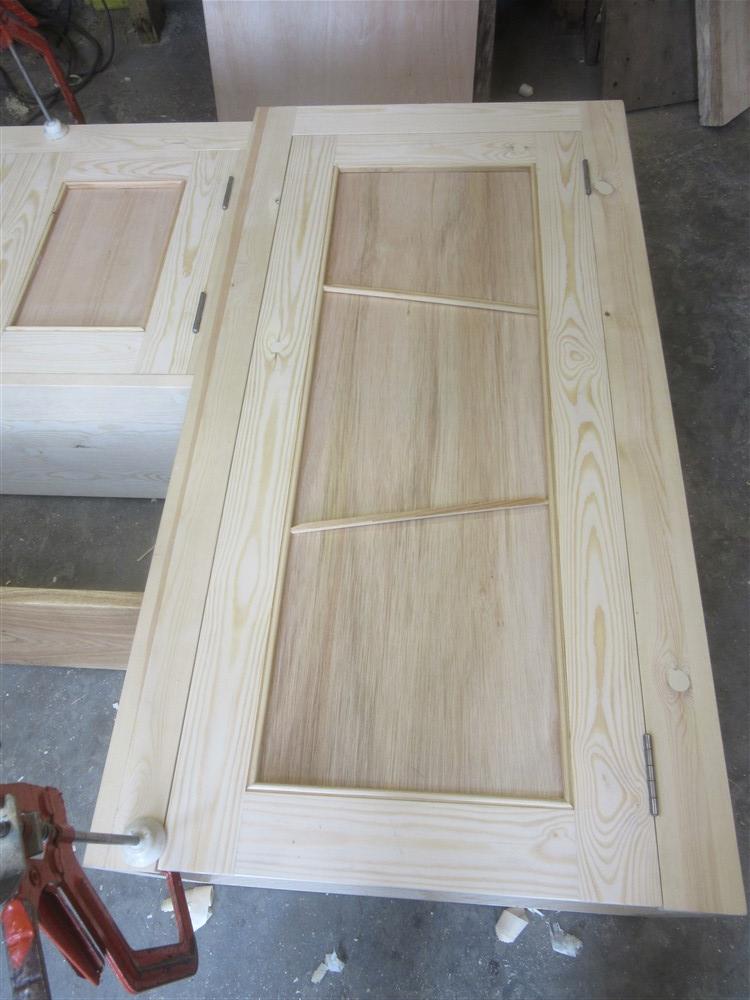
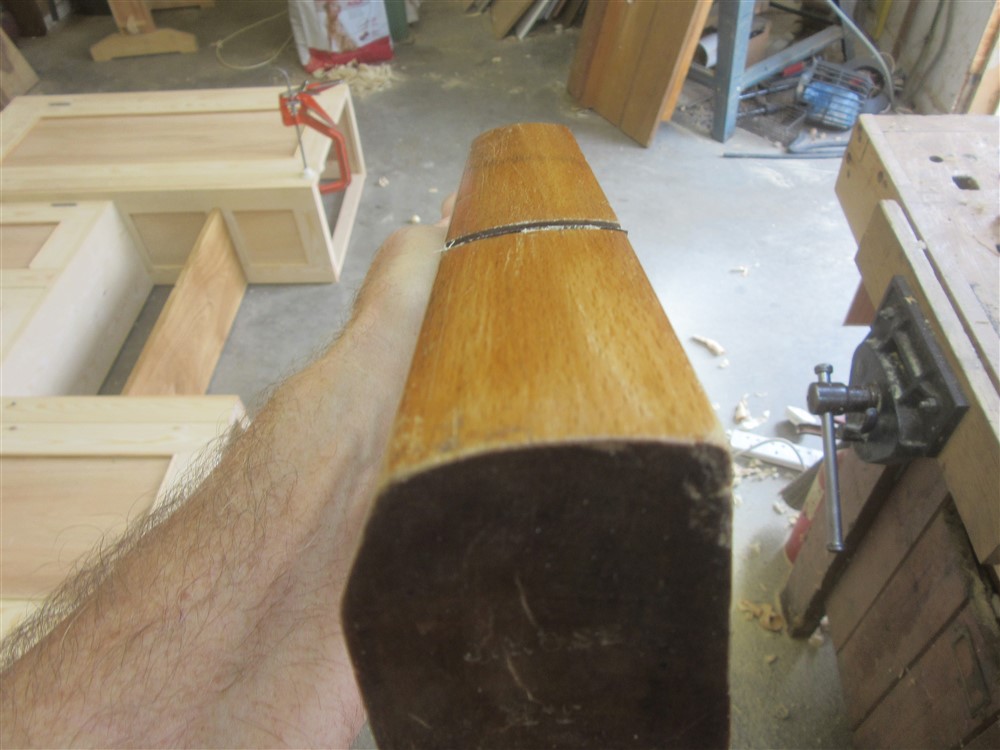
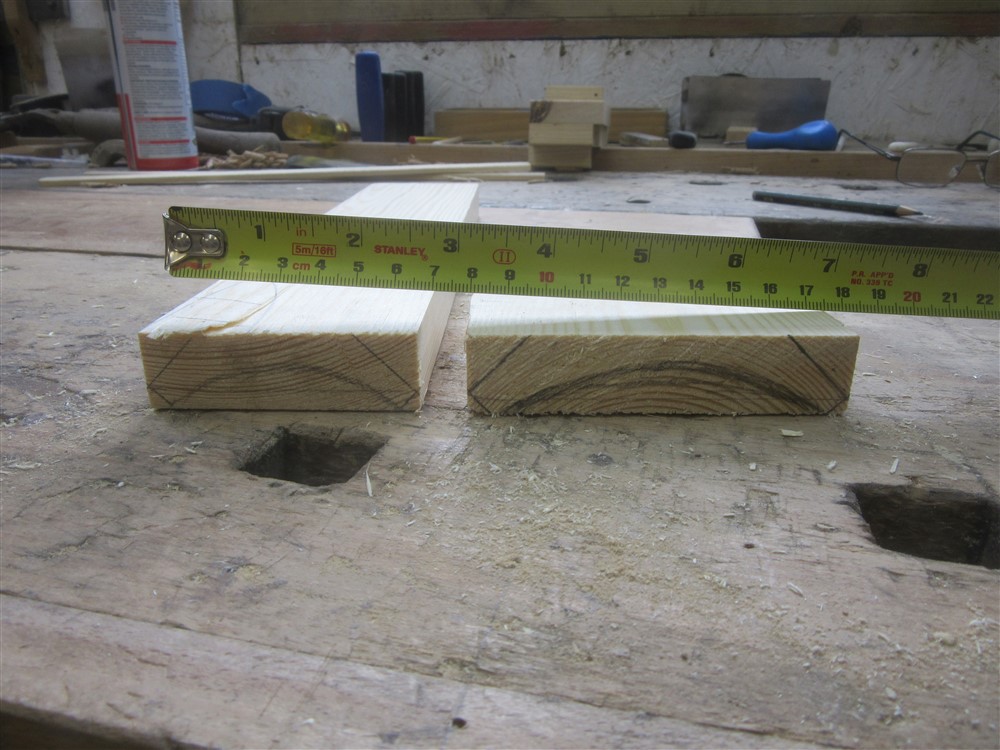
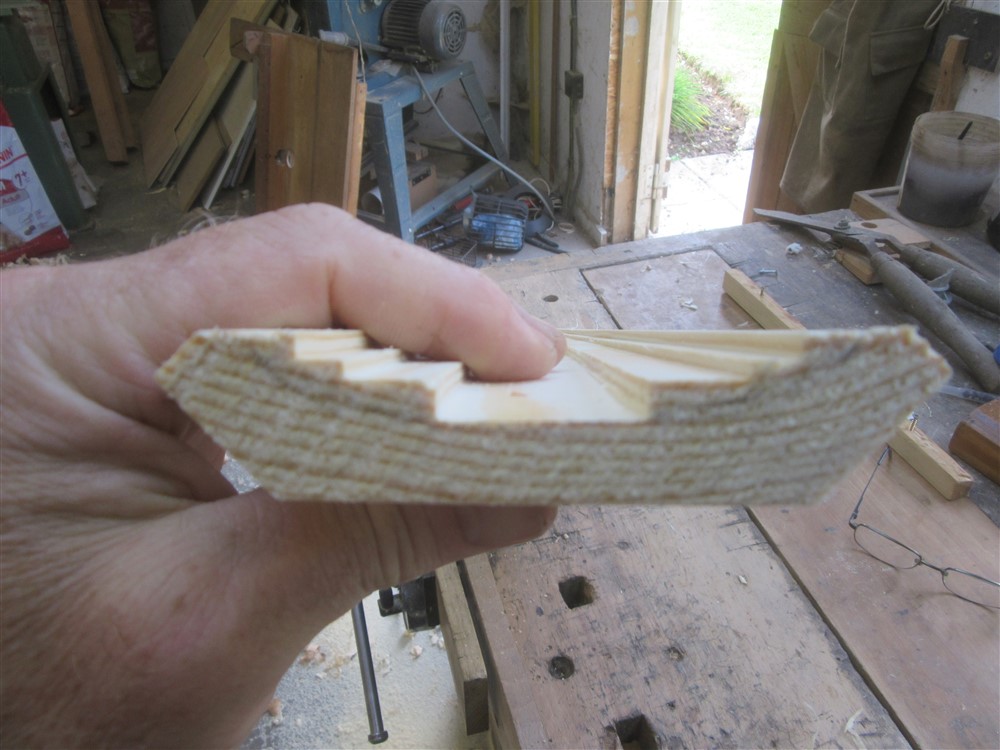
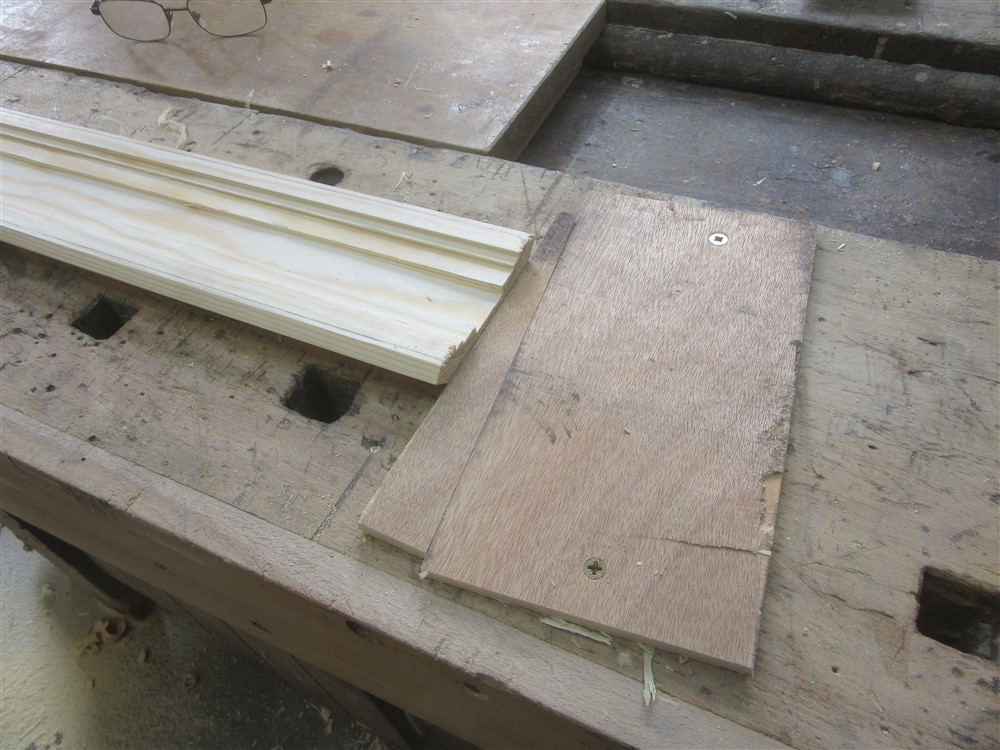
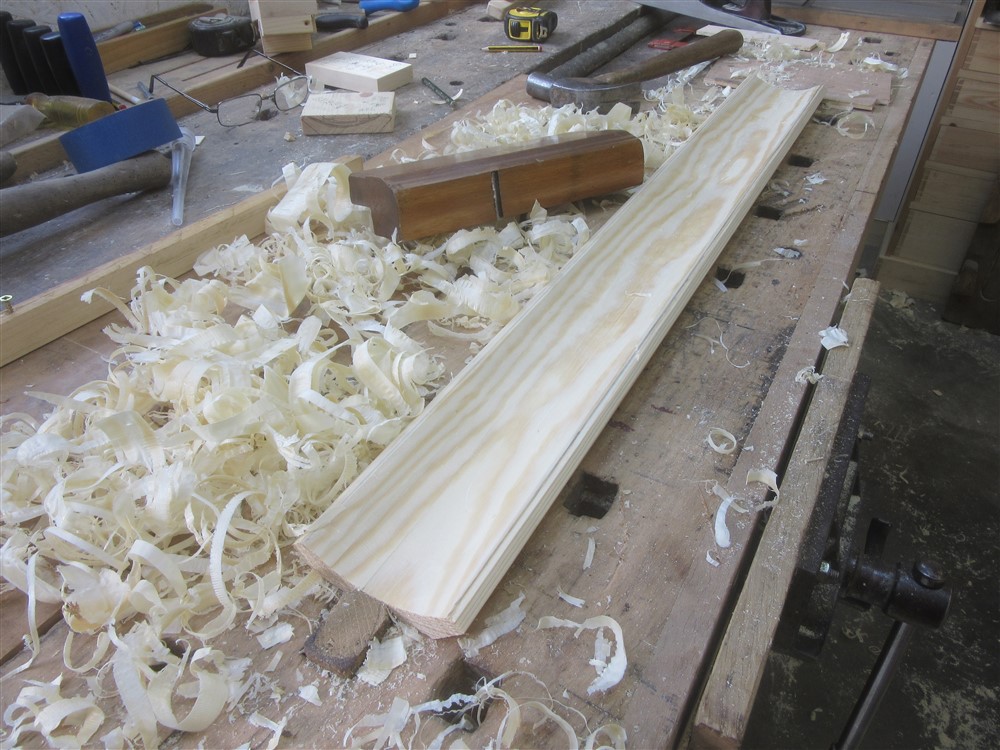
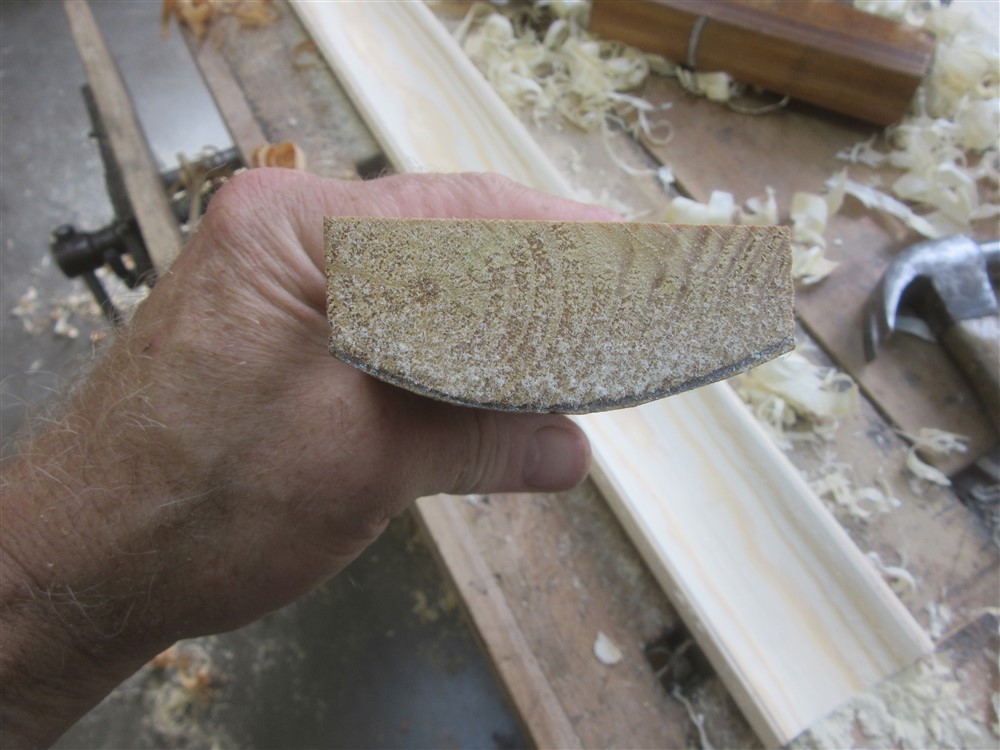
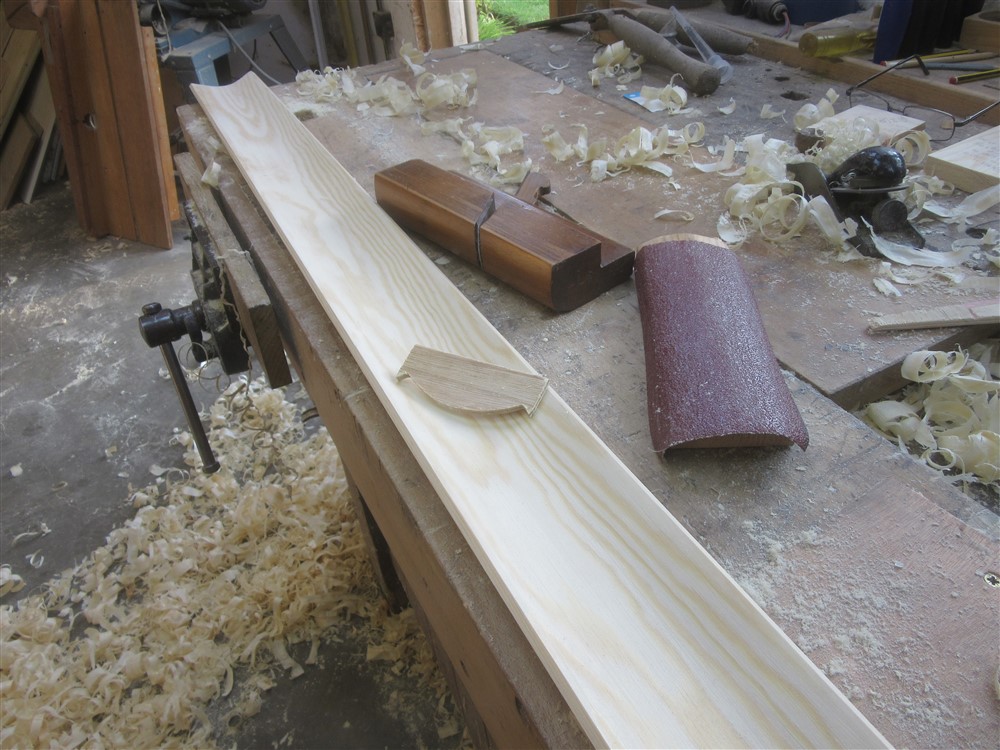
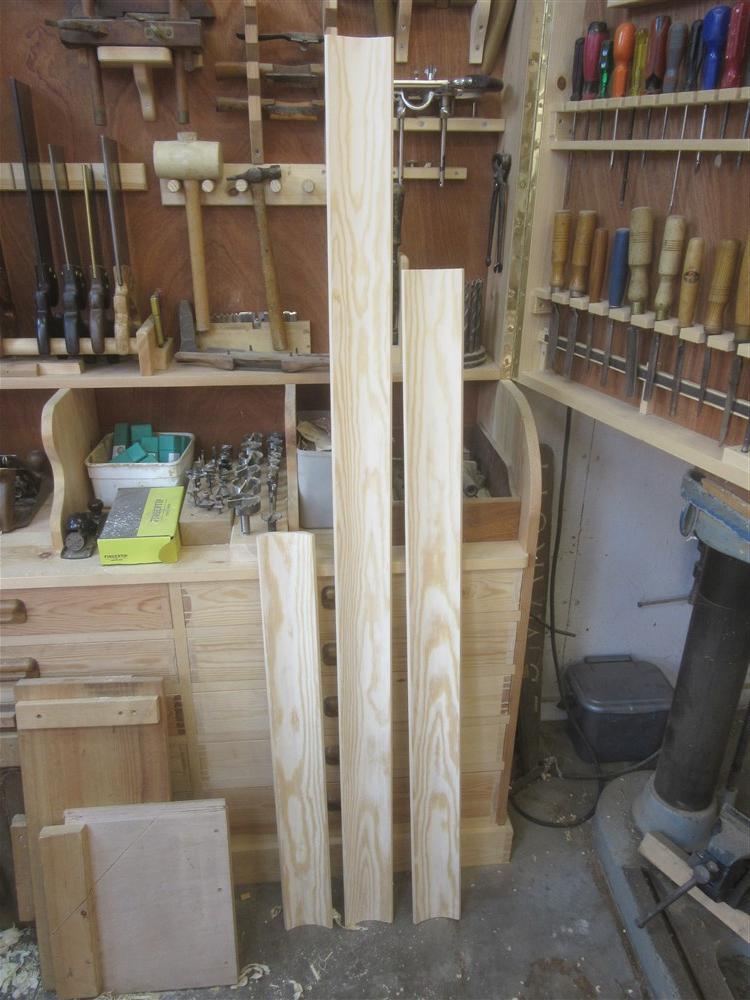
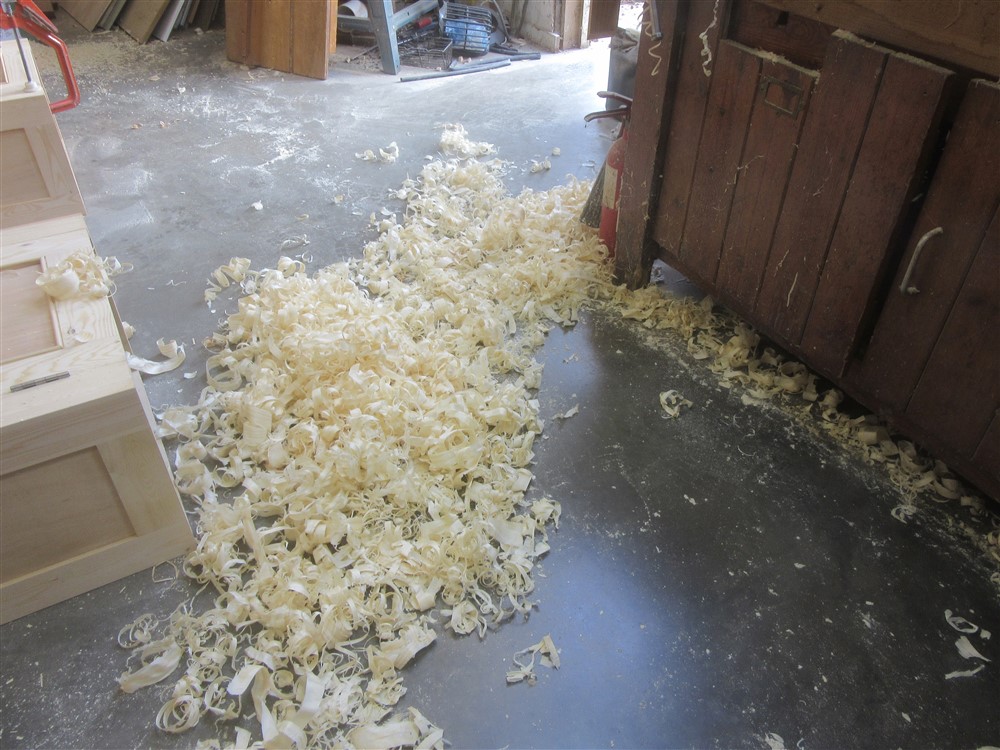
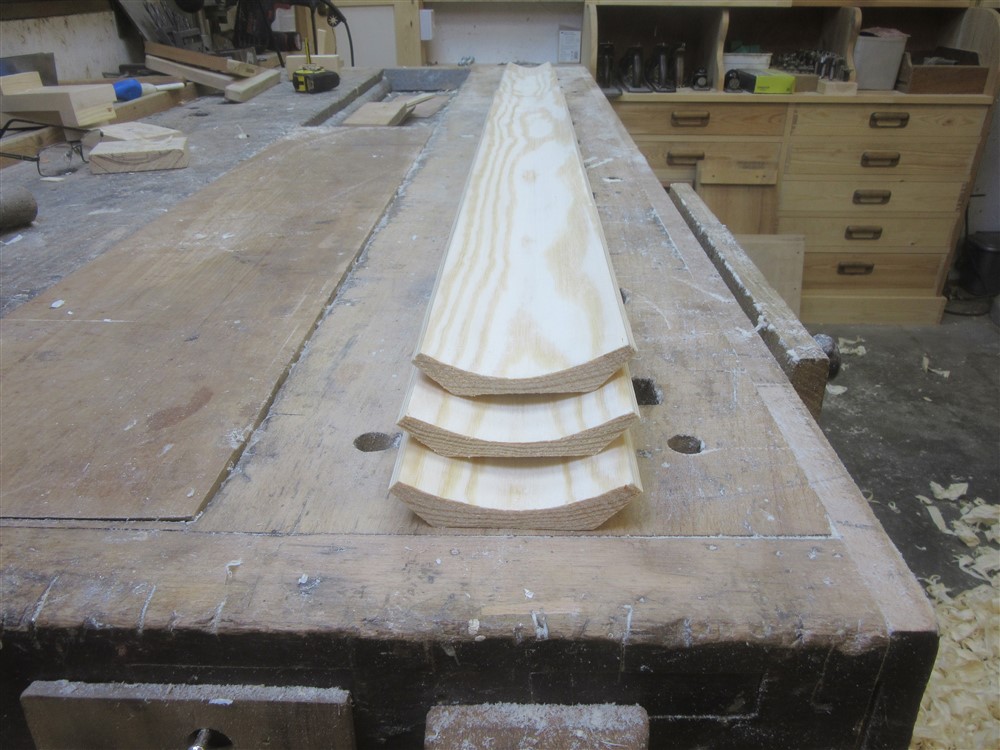







The plane you are describing exists. One version is a gutter plane
The other type was used by pattern makers who developed a design with detachable soles of various set radiuses, with an iron for each.
I imagine there is a sliding dovetail the length of the plane and soles.
........beautiful timber to work with......
.....I remember years ago making a small piece of cornice by setting up a circular saw upside down and running the timber over the blade at 80°.........
There's a video hereI've heard of this technique, and wasn't even slightly tempted to try it!